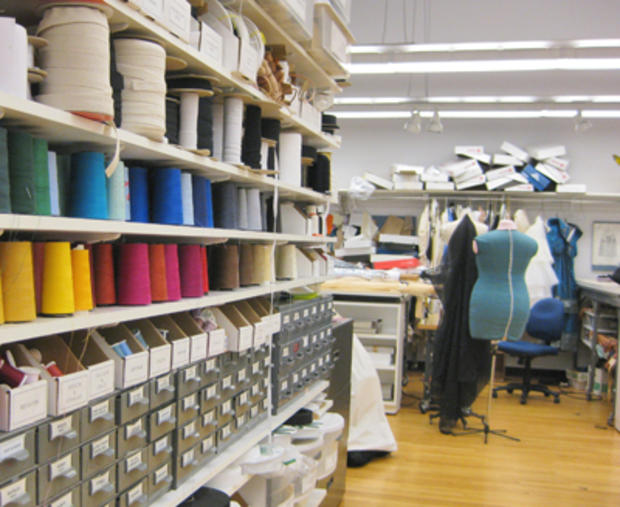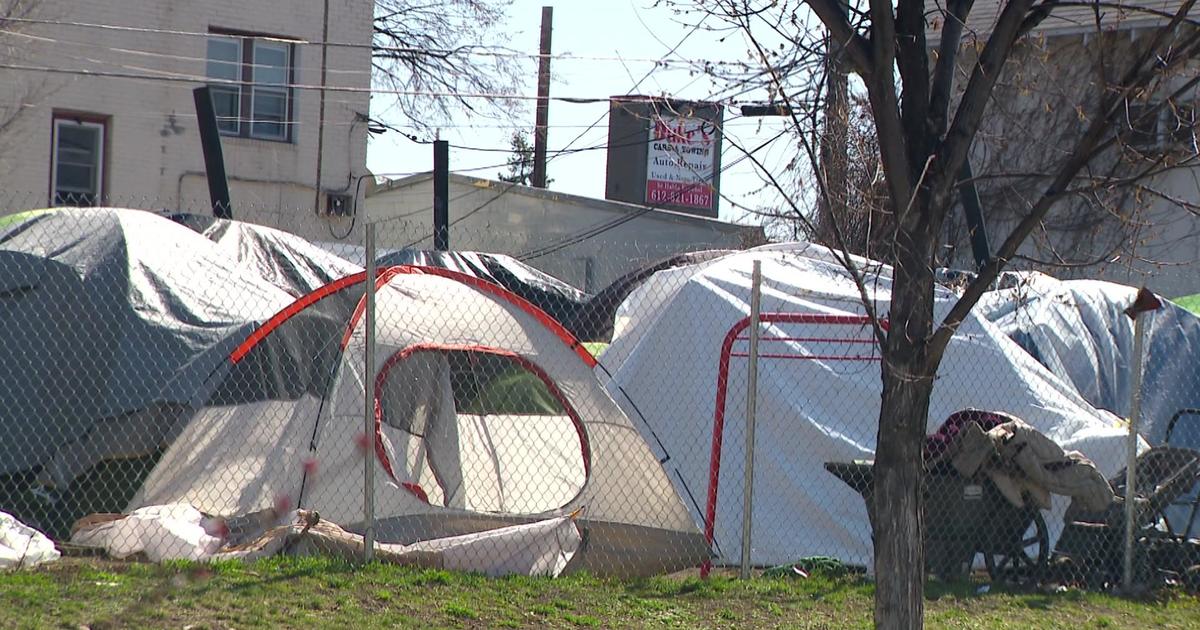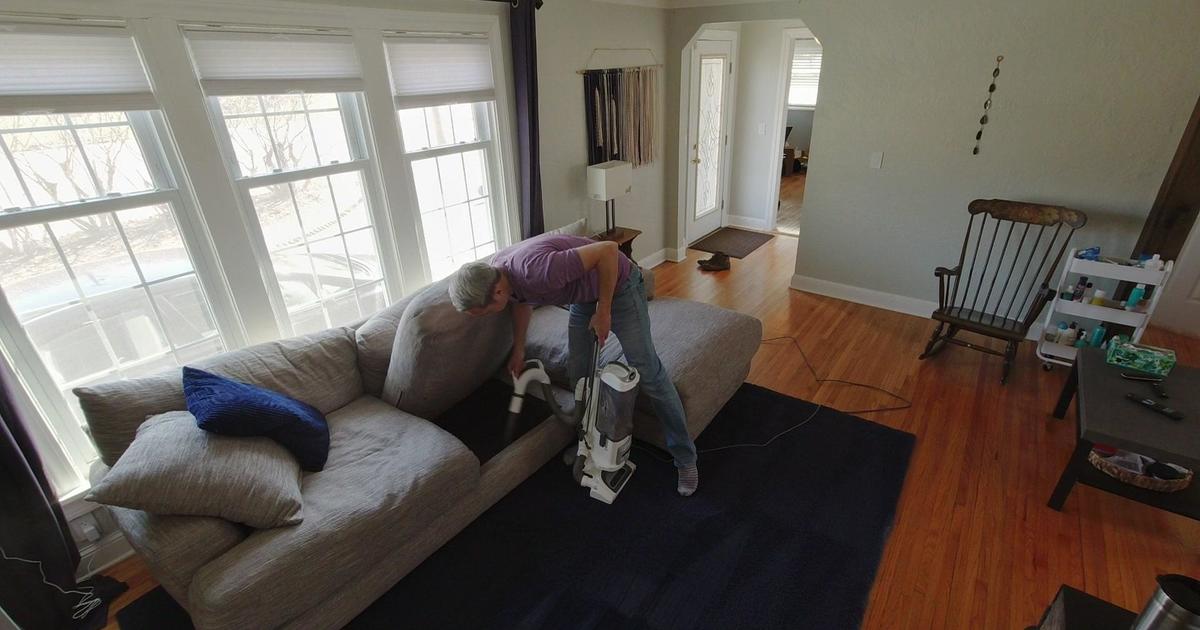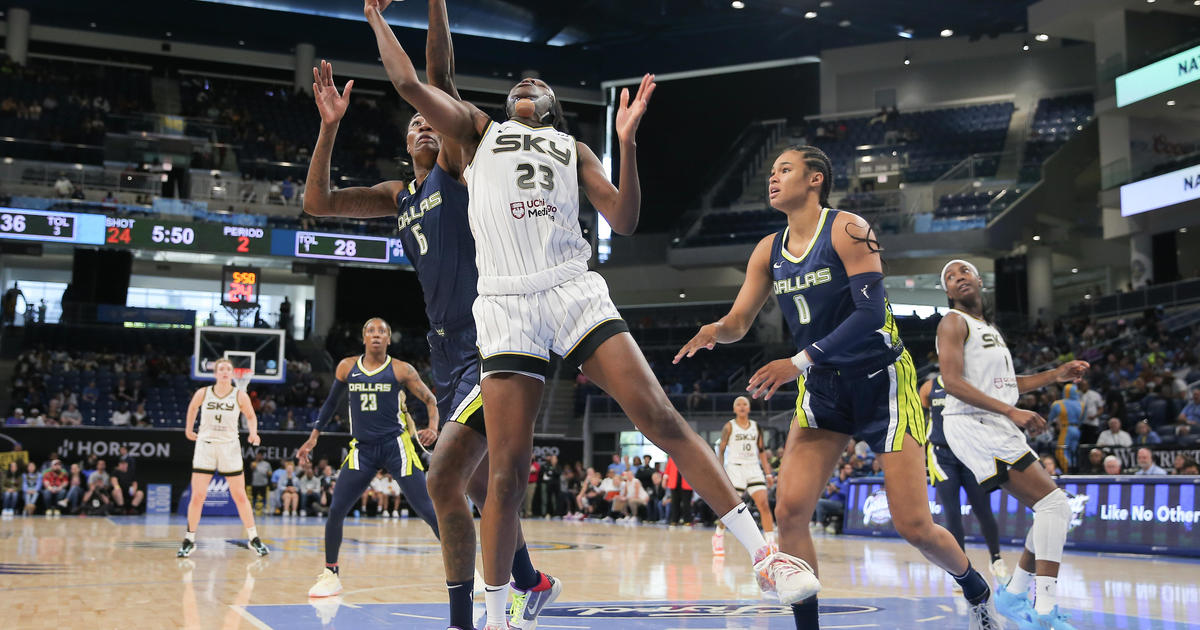Behind The Scenes At The Guthrie
By Coco Mault
The Guthrie is an impressive piece of architecture, with its curvaceous blue facade featuring larger than life portraits of playwrights, and an Endless Bridge, which, according to the Guthrie's website, is one of the longest occupied cantilevered bridges in the world. There are equally impressive goings-on inside the building. Besides the actual shows, there is much to be said for the sets, props, and costume designs that must be created production after production. Even more so, there is something to be asked: where does it all come from?
There are countless rooms backstage at the Guthrie; offices, workshops, prop rooms, and rehearsal spaces occupied by employees. As a result, there is a well-rehearsed hustle and bustle that continues on behind the scenes even when the stages themselves are empty.
It's been half a decade since the theater opened at its luxurious locale along the Mississippi river. Before that it had been connected the Walker Art Center. Architect Jean Nouvel had his eye on the sky when he conceived of the Guthrie theater's new design, evidenced by the vertical signage that juts high up from the rooftop. But the new building began underground with the Guthrie's recording studio.
"The recording studio was built first, and the rest was built up around it," said Lee Henderson, the Guthrie's associate director of communications.
The reason being that this would help the room be absolutely soundproof. This is where they record various voice-overs that may be required for shows, including those "please turn off your cell phone" messages that sound before the lights go down. This floor, like most of them, are labyrinthine.
"You really have to know where you're going," Henderson said.
At the intersection of some hallways are sitting areas or break rooms. Sometimes there will be people sitting on couches in these areas, but it's hard not to wonder if they are not talking about an upcoming show, but instead trying to figure out how to get back up to the lobby.
"The lobby is sparse," Henderson said.
The lobby serves only to house a gift shop and ticket counter.
"This was done on purpose. The architect wanted to get everyone up in the air."
And so all of the theaters -- the proscenium, thrust, and black box -- are all above the lobby. As is the scene shop, which is often mistaken for a skyway. The scene shop, which is roughly 2,000 square feet, is on the fourth floor, over the street. The Guthrie actually owns the air space that this workshop occupies. A little bit of this area can be viewed from the common area on the fourth floor through a wall of blue glass. The comforts of the theater lobby are absent, and visitors can see bare cement floors, racks of hard hats, and various large props sitting in the vast warehouse space. Further inside, however, is where large scenery pieces are constructed and painted. Small set design models sit beside actual-size samples of flooring and other various decor. This is also where backdrops are painted. These large pieces are actually laid out on the floor and painted from above so that the paint does not drip. There is a kitchen on this floor as well; it's sole purpose is for making prop food.
The costume workroom is brightly lit and has a grand view of neighboring Gold Metal Park.
"This is the most beautiful office," Henderson said.
Bright spools of thread fill shelves in precise color order, and body forms are covered in various states of dress. Just off the largest of the costume work rooms is a shop devoted wig-making, and another for dying and distressing fabric. Nearby is the millinery, where hundreds of wooden hat blocks line the walls, stacked high up to the ceiling. The Guthrie even has its own laundry room.
There is a hodge-podge of objects in the prop room, including a massive wooden file cabinet that takes up most of one wall from floor to ceiling. Each drawer contains visual aides, such as old catalogs, to use as reference material. This is to help make sure a show's props look authentic to their historical era. Nearby, an opulent tea set is stacked on one surface, a prototype for a mechanical ghost on another.
"We could do a pretty scary haunted house," said prop manager Patricia Olive, while standing next to a periscope painted as though a giant bloodshot eyeball were peering through it.
Henderson said this prop was probably from their recent production of HMS Pinafore, but more than likely didn't make it into the show.
"I think this might have been a little too wild."
Visit the Guthrie Theater website for more information on their backstage tours.





